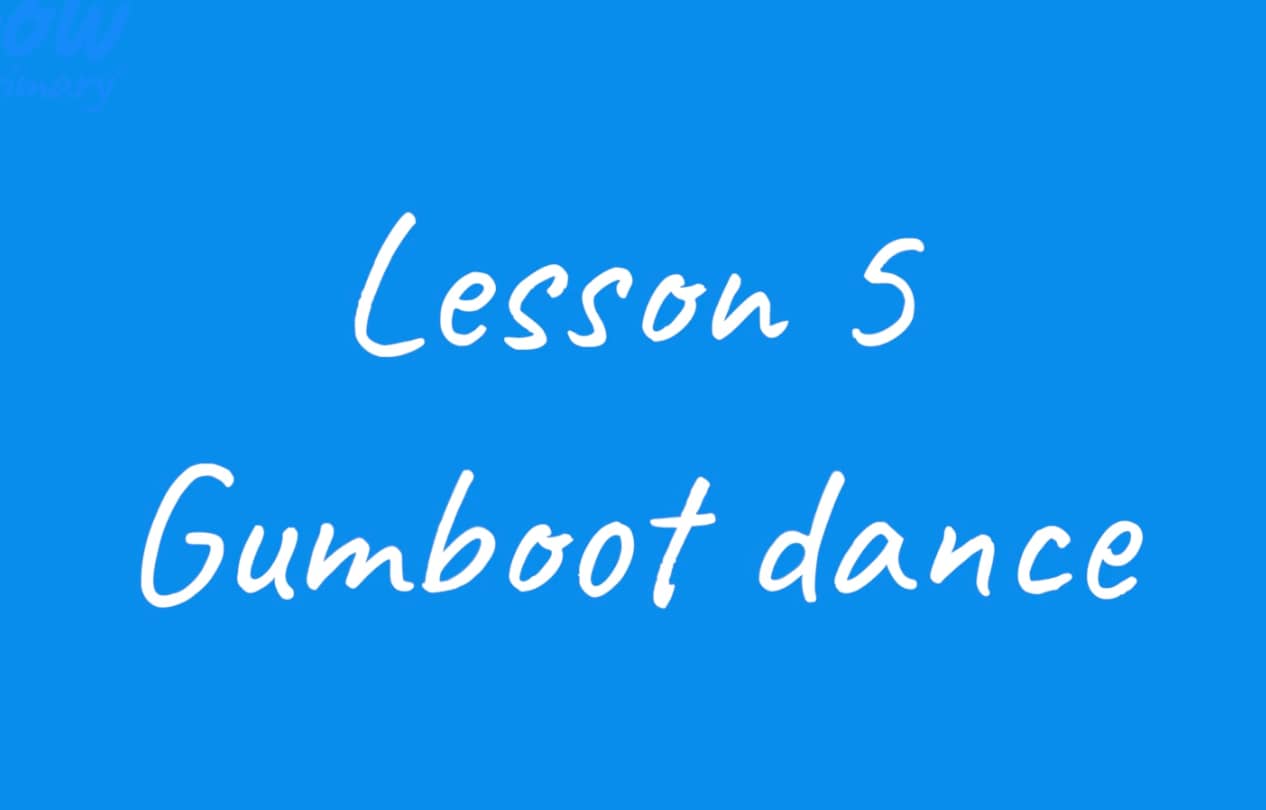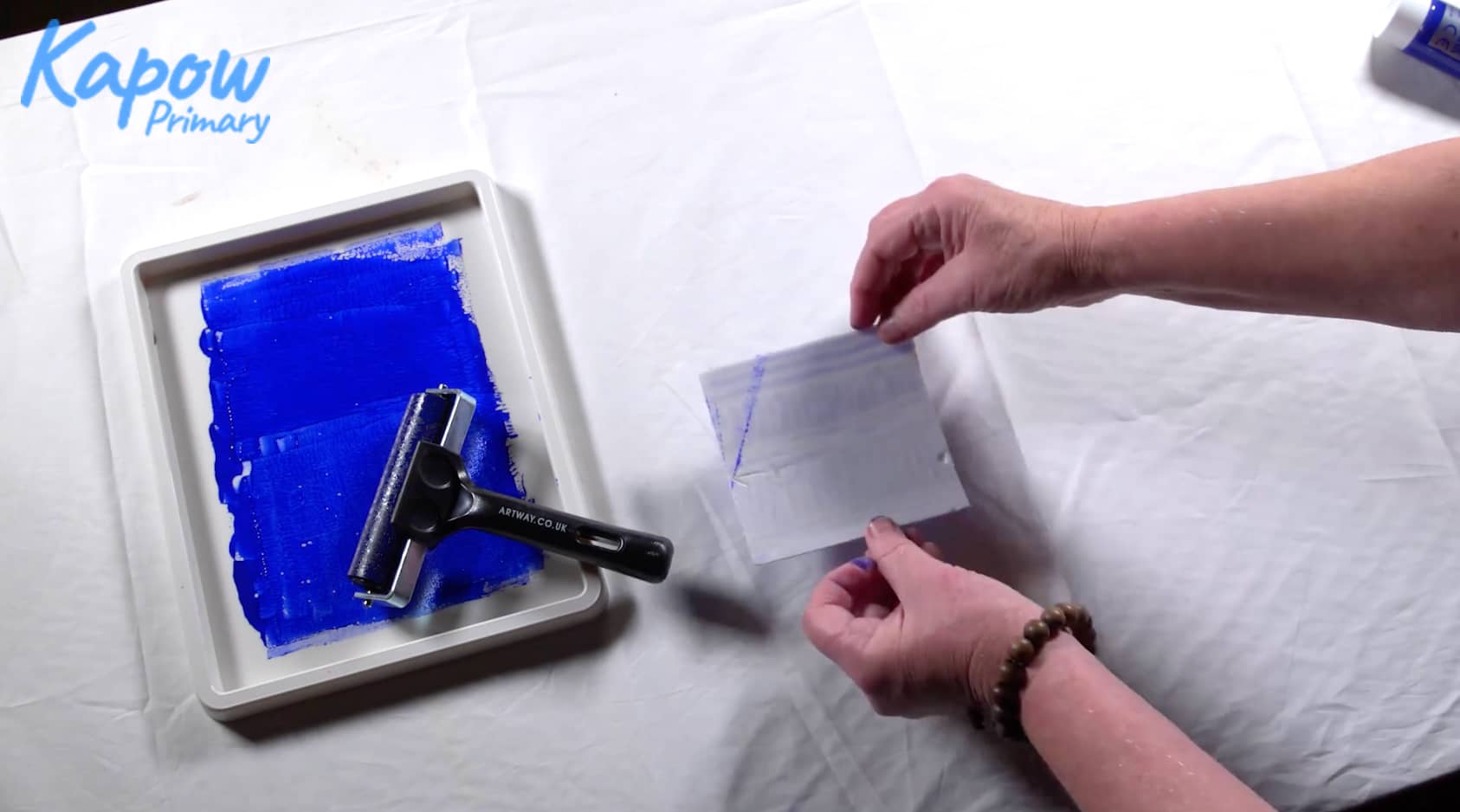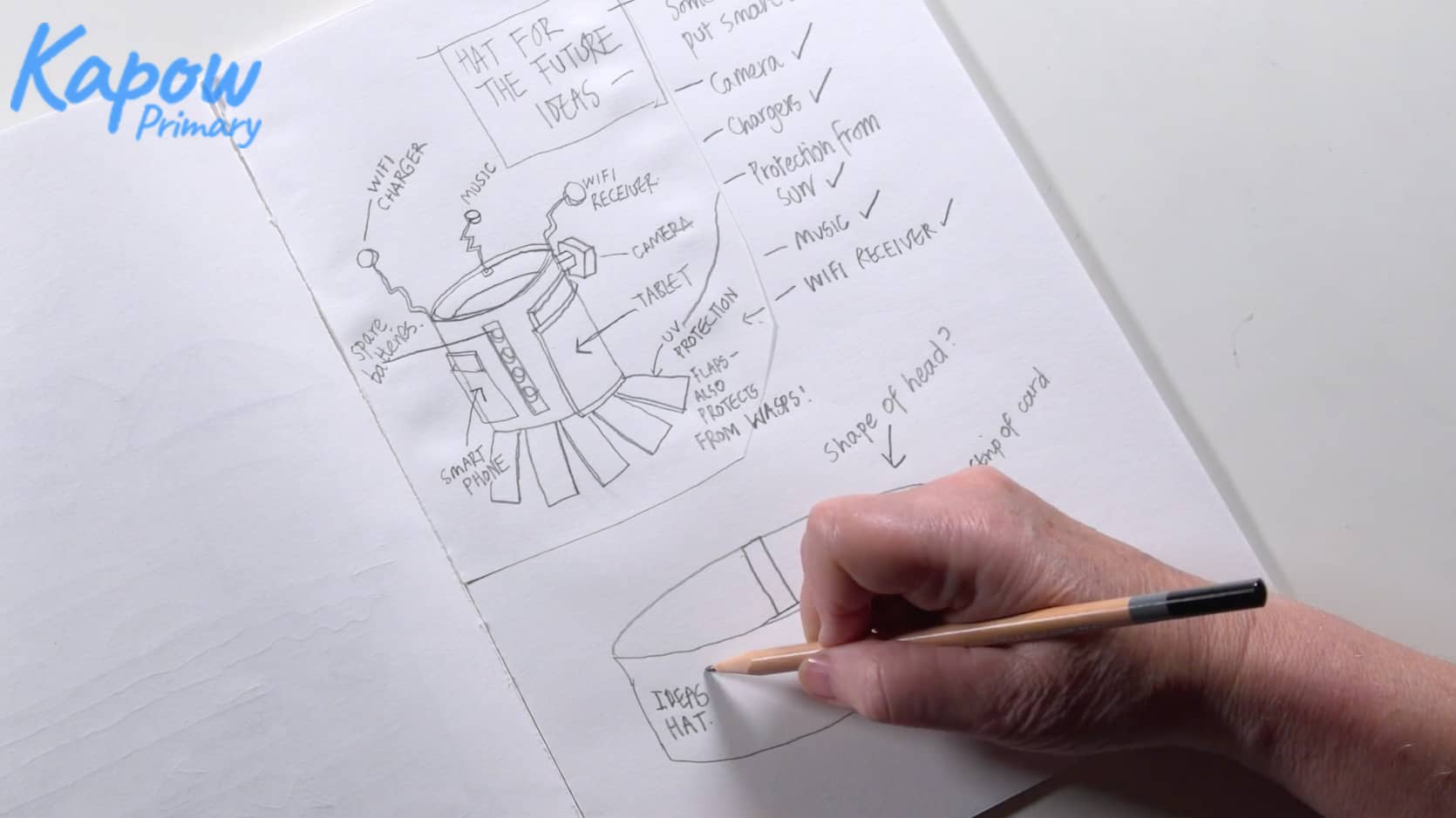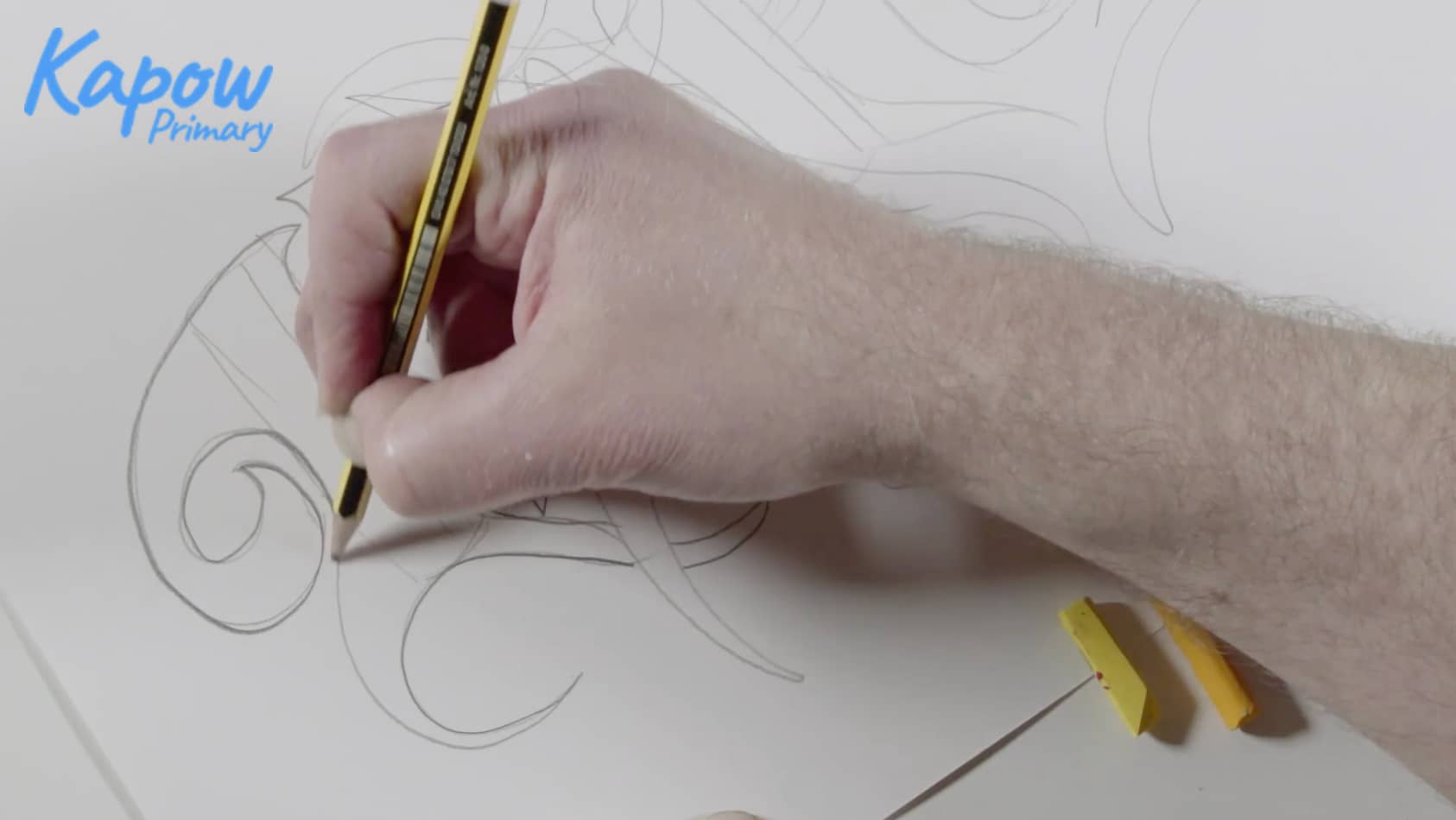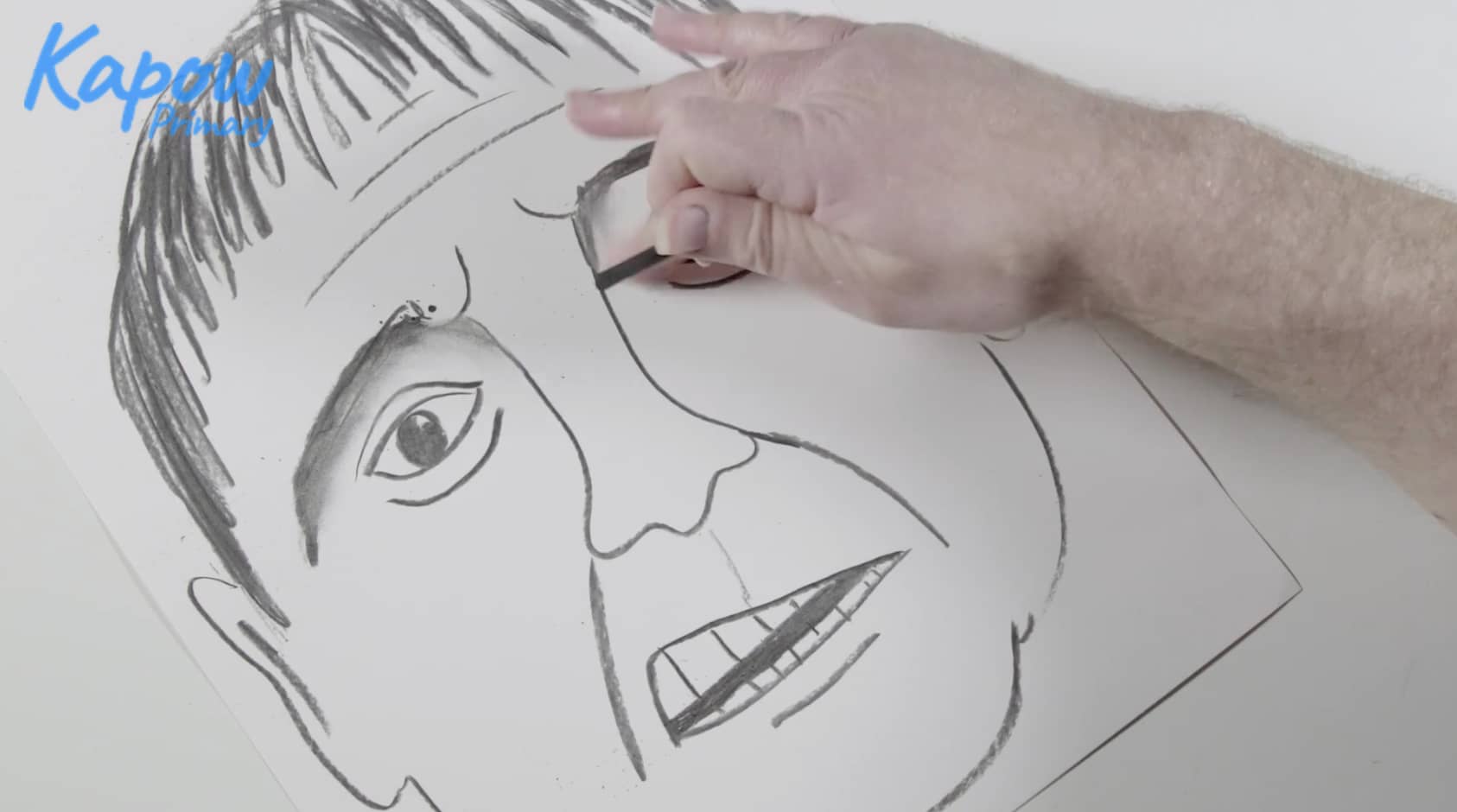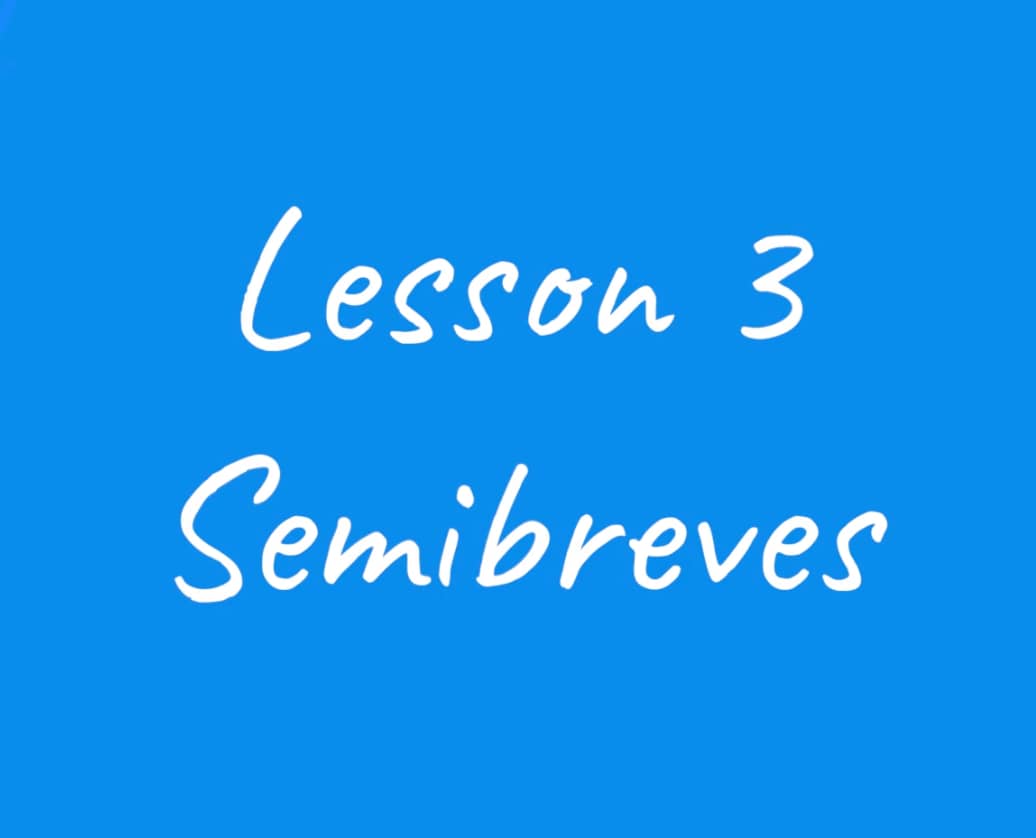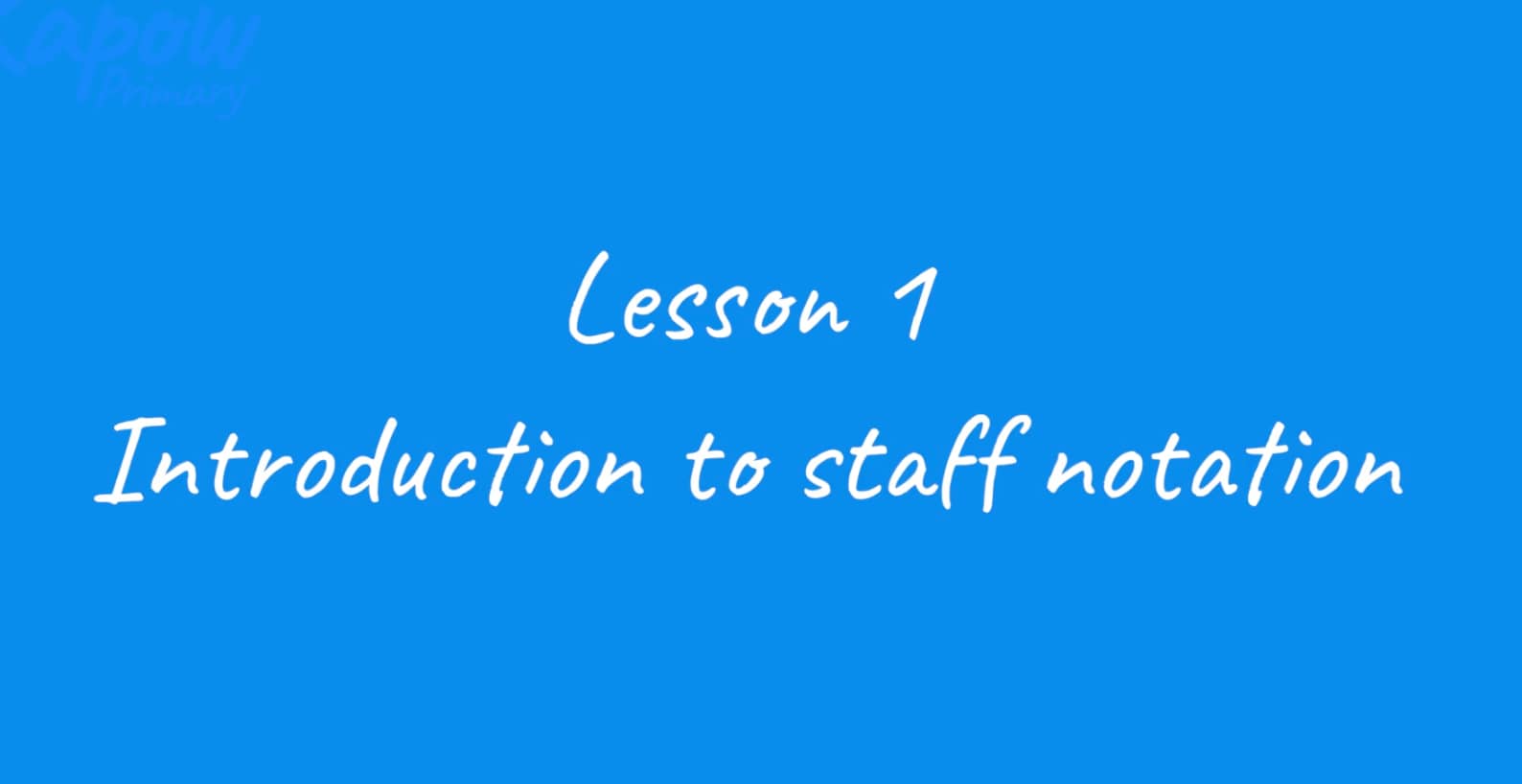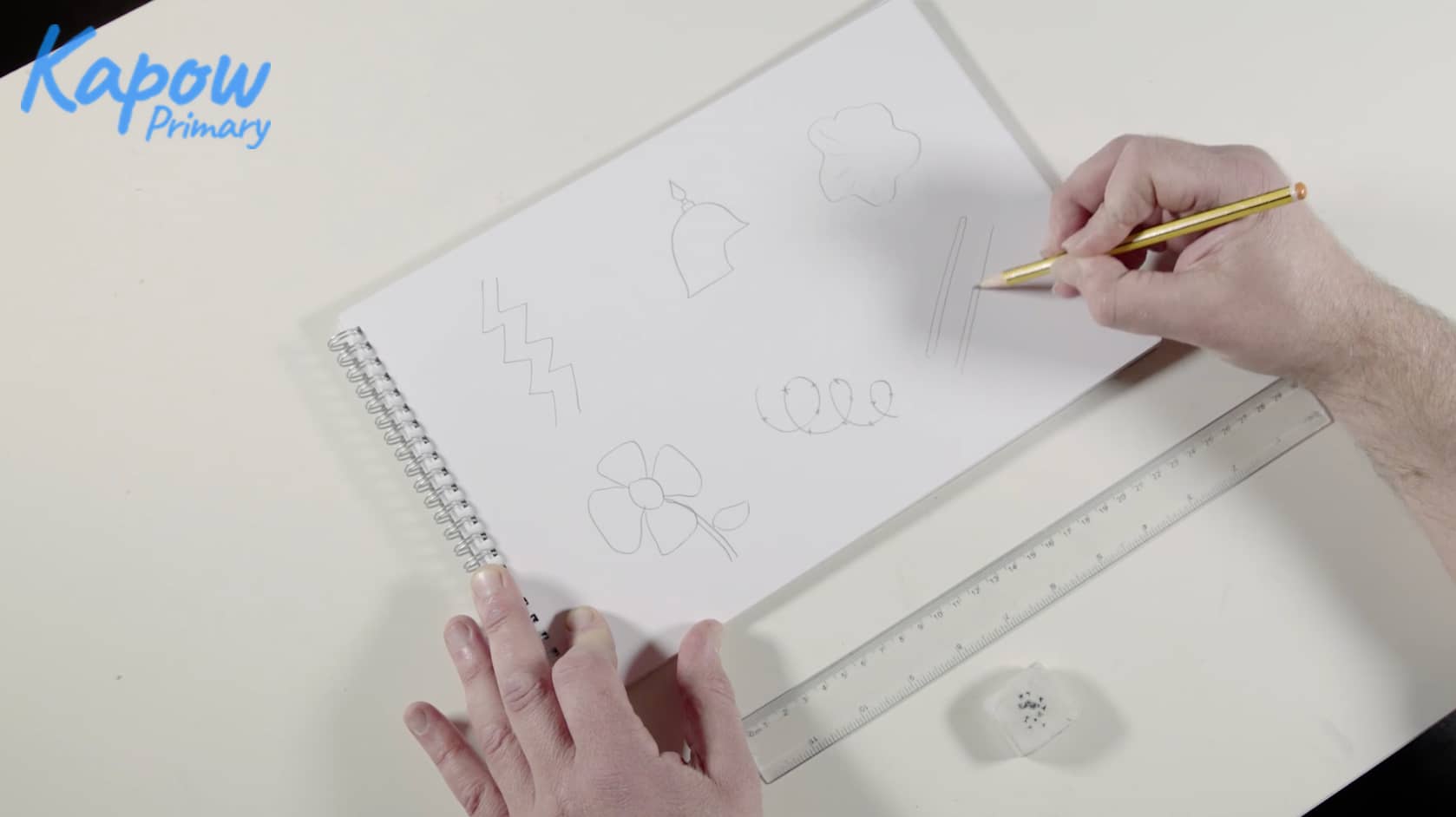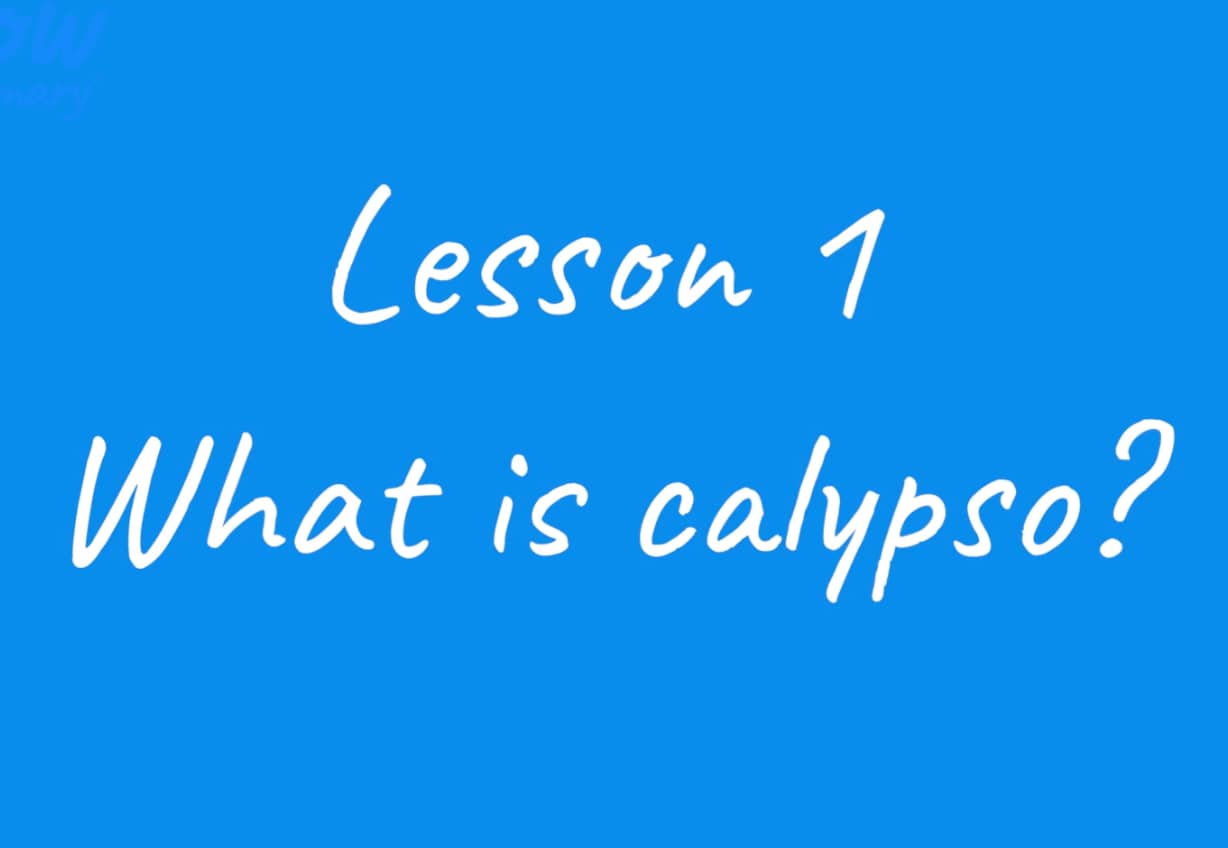This Music video introduces teachers to the final lesson of the South Africa unit, where pupils compose and perform body percussion rhythms to enhance their gumboot dance. It demonstrates how to model and check rhythmic patterns, guide pupils in creating eight-beat phrases, and explore dynamics by alternating between loud and soft playing.
year: Year 6
Teacher video: Zentangle printing
This Art and design scheme of work video introduces teachers to a development from the Zentangle drawing lesson, where Key stage 2 pupils turn their designs into one-colour repeating pattern prints.
Teacher video: Making a hat
This Art and design scheme of work video introduces teachers to a fun, collaborative design challenge where Key stage 2 pupils work in groups to design and make hats for a specific purpose.
Teacher video: Graffiti artists’ tag
This archived Art and design scheme of work video introduces teachers to the art form of graffiti, encouraging Key stage 2 pupils to explore its bold lettering styles and expressive use of colour.
Teacher video: Käthe Kollwitz
This archived Art and design scheme of work video introduces teachers to a portraiture lesson inspired by the work of Käthe Kollwitz.
Teacher video: South Africa – Semibreves
This Music video introduces teachers to lesson three of the South Africa unit, focusing on the gumboots musical tradition and learning the final ostinato to complete the song. The video demonstrates how pupils can sing and clap rhythmic patterns before transferring them onto instruments, using staff notation to support transitions between old and new ostinati.
Teacher video: South Africa – Introduction to staff notation
This Music video introduces teachers to the first lesson of the Key stage 2 instrumental scheme, which begins with the music of South Africa. The lesson sets out the essential foundations for both reading staff notation and learning tuned percussion technique, while also encouraging pupils to recognise that Western staff notation is just one of many valid ways of writing music.
Teacher video: Guernica 1 – Pablo Picasso
This archived Art and design scheme of work video introduces teachers to the first lesson in a two-part study of Picasso’s Guernica.
Teacher video: What is calypso?
This Music video introduces teachers to the second unit of the Key stage 2 instrumental scheme, based on the music of the Caribbean. It begins by using the song Calypso Queen by Calypso Rose to spark discussion before moving on to the history and features of calypso.

